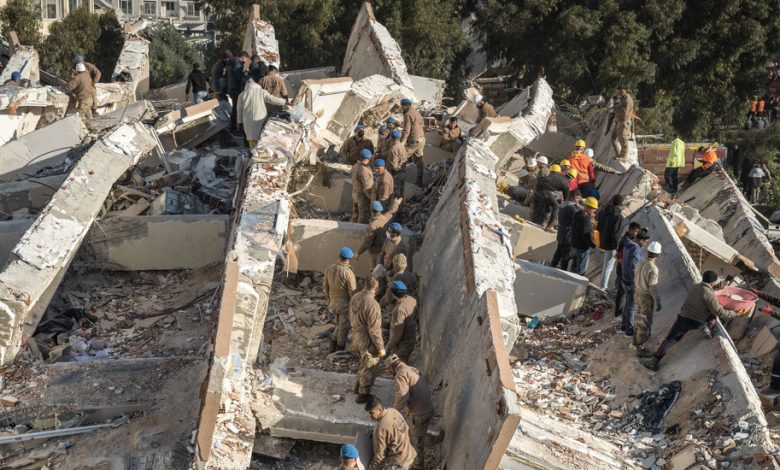Rebuilding Quake-Stricken Cities in Turkey and Syria May Take Decade

With thousands of buildings having been turned to rubble or half-structures across dozens of cities in Turkey and Syria by Monday’s earthquake, officials say it will be years before the streetscapes in these stricken areas bear any resemblance to their old selves.
Rebuilding is going to take a long time, maybe at least a decade, Kevin McCue, a member of the Australian Earthquake Engineering Society, said Thursday.
“Turkey has a good hazard map and building codes but hasn’t followed them,” Mr. McCue said, adding that the way many buildings collapsed on Monday revealed the poor adhesion of building materials and unsafe structural components.
After clearing the wreckage in stricken areas, officials must carry out inspections of the buildings still left standing. As of Thursday, rescue efforts were still ongoing in northwestern Syria and 10 provinces in Turkey, signaling that it may still be days or weeks before clearing and rebuilding start.
While intact buildings might look fine to the naked eye, their structural integrity might have been damaged. Some of these buildings will have to be torn down. This process alone could take years.
Rebuilding critical infrastructure, including hospitals and civil defense structures, will be a high priority, Mr. McCue said. Many of these buildings were rendered useless by the quake, which cut off or disrupted electrical and water supplies.
Mexico City is one example of a city that successfully managed to rebuild itself after a devastating earthquake. A magnitude-8.1 earthquake hit the city in 1985, killing nearly 10,000 people and displacing another 100,000. Almost a million buildings were affected, causing up to $4 billion in damage.
Officials in Mexico had imposed building codes in the 1940s, but they provided minimal guidelines for seismic protection. Weeks after the 1985 quake, the country began tightening building codes to address structure integrity. The building there codes now rank among the world’s best.
After that quake, teams from the U.S. National Bureau of Standards and the United States Geological Survey traveled to Mexico to the assess structural damage caused by the disaster.
Other countries were not as fortunate to have a post-quake team of experts on hand so quickly, or the resources to rebuild. A case in point was Haiti, which suffered a magnitude-7.0 earthquake in 2010 that killed more than 300,000 people and damaged almost all of the structures at the quake’s epicenter.
Los Angeles also had a successful and relatively quick recovery after its magnitude-6.7 earthquake in 1994. The quake killed 60 people and injured 7,000, while displacing 20,000 others.
Experts placed the damage at $20 billion, but the city received at least $11 billion in reconstruction aid from federal and state governments. That injection of money also helped restore the city’s economy by providing temporary jobs. Unemployment in the month after the quake dropped to 9.7 percent from 11 percent.




